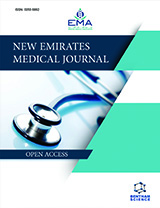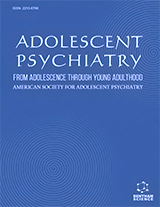Abstract
Oral interferon-free DAAs (IFN-free DAAs) have proven their clinical and therapeutic worth in real-life situations by achieving higher sustained virologic response rates (SVRs >90%) in treated individuals. After their recommendations to be administered to hepatitis C-infected populations in 2017 more than 5 million hepatitis C-infected individuals have been treated across the world and the overall health care burden of active hepatitis C comorbidities and mortalities have been declined from 130 million hepatitis C patients to approximately 71 million. Despite these great achievements in hepatitis C therapeutics, certain patient-oriented, clinical, and societal challenges are still prevailing to accept IFN-free DAAs on the large scale clinical, hospital, and primary health care settings in low and middle-income countries as well as even in developed nations. High therapy costs, treatment access and monitoring, coinfection status of certain vulnerable hepatitis C infected populations, racial disparity, pre-, and post-therapeutic monitoring, and long-term follow-ups are potential barriers to consensually implementing uniform treatment algorithms and accessibility to DAAs regimens worldwide. Furthermore, recurrence of hepatitis C infection, reactivation risks of co-infections (e.g., HCV/HIV, HCV/HBV or HCV/CKD), minefield risks of hepatocellular carcinoma (HCC) rebound, and surveillance of hepatitis C liver transplant recipients which are on treatment with IFN-free DAAs also limit the administration of these regimens to every hepatitis C infected individual. In this book chapter, we will explore all these real-world challenges and will discuss/suggest the strategies to coup them in clinical, hospital, and community settings to improve the cascades of care and scale-up HCV cure.






















